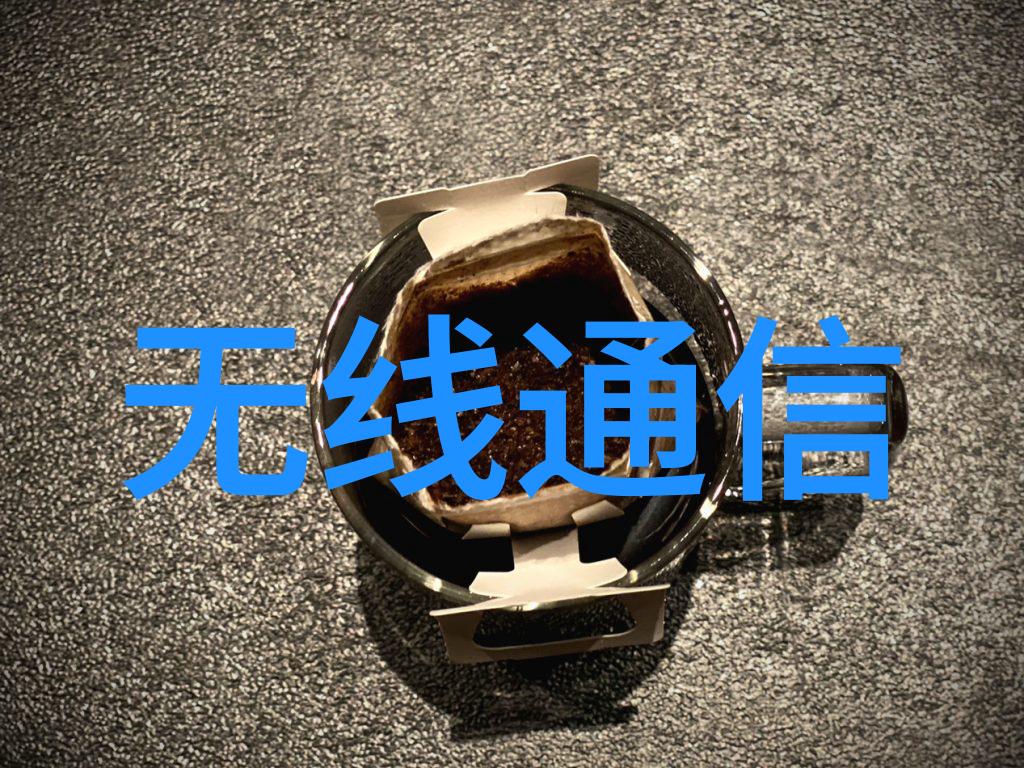您现在的位置是: 首页 - 无线通信 - 反应器内件包括什么-揭秘反应器内件关键部件与应用概述 无线通信
反应器内件包括什么-揭秘反应器内件关键部件与应用概述
2025-04-24 【无线通信】 0人已围观
简介揭秘反应器内件:关键部件与应用概述 在化学工业中,反应器是实现物质转化的核心设备。一个高效、安全的反应器设计不仅取决于整体结构,还依赖于精心选择和配置的内件。这篇文章将深入探讨“反应器内件包括什么”,以及它们如何影响整个反应过程。 首先,我们需要了解一些基本概念。通常情况下,反应器内件可以分为几个主要类别: 反应介质传递系统(如管道、阀门等):用于控制和管理反映介质的输入和输出。
揭秘反应器内件:关键部件与应用概述

在化学工业中,反应器是实现物质转化的核心设备。一个高效、安全的反应器设计不仅取决于整体结构,还依赖于精心选择和配置的内件。这篇文章将深入探讨“反应器内件包括什么”,以及它们如何影响整个反应过程。
首先,我们需要了解一些基本概念。通常情况下,反应器内件可以分为几个主要类别:

反应介质传递系统(如管道、阀门等):用于控制和管理反映介质的输入和输出。

冷却系统(如冷却管、冷却塔等):确保在高温条件下进行化学反应时,能够有效地调节温度。
过程监控仪表(如温度计、压力表等):实时监测过程中的关键参数,以便及时调整操作条件。

材料处理设备(如搅拌机、喷射头等):促进混合物充分接触,以提高化学活性或产生所需产品。
案例1:一个大型石油炼制厂,在进行裂解工艺时,由于没有正确配置冷却系统,导致了热交换效率低下,从而降低了生产效率并增加了能耗成本。在优化设计后,将冷却管数量增加了一倍,并且改进了流体动力学,最终成功提升了整体工艺性能。
案例2:某生物技术公司在研发新药过程中,因过滤系统设计不当造成产品质量问题。在重新评估过滤材料和模块之后,他们采用更细腻的网格来捕获微小颗粒,并通过多级过滤步骤来保证最终产品纯度。这种改进显著提高了产品稳定性并满足市场标准。

除了这些常规组成部分,有些特殊情况还会涉及到其他类型的内件,比如催化剂支撑材料或者特定的离心设备。不过,无论是哪种情况,“反应器内件包括什么”这一问题都至关重要,因为它直接关系到生产成本、高效率以及对环境友好的实施。
总结来说,“reaction" is not just about mixing chemicals together. It's a complex process that requires careful planning and execution of all the components involved. From the raw materials to the final product, each step must be meticulously monitored and controlled to ensure optimal results. By understanding what goes into making a reaction happen, we can better appreciate the art and science behind it.
In conclusion, when it comes to reaction vessels, knowing what goes into them is crucial for their proper functioning. By selecting appropriate materials and designing efficient systems, manufacturers can create reactors that are not only effective but also safe and environmentally friendly.
As we continue to innovate in the field of chemical reactions, it will be important to keep these factors in mind as we strive for greater efficiency and sustainability in our processes. With a deeper understanding of what makes a good reaction vessel tick, we can unlock new possibilities for growth and development across various industries.
Finally, let us remember that while technology has brought us far along this journey towards improved reaction vessels with advanced components like sensors or software integration; there is still much work left ahead if we want truly revolutionary advancements – ones which could potentially change how production happens on an industrial scale!






